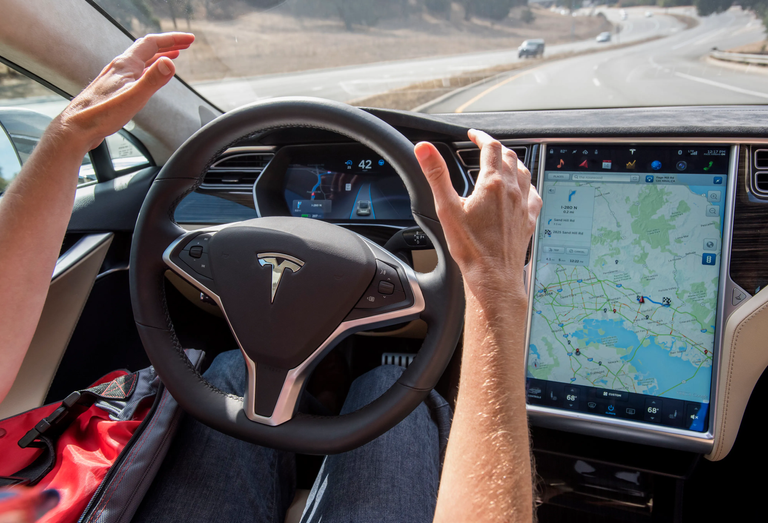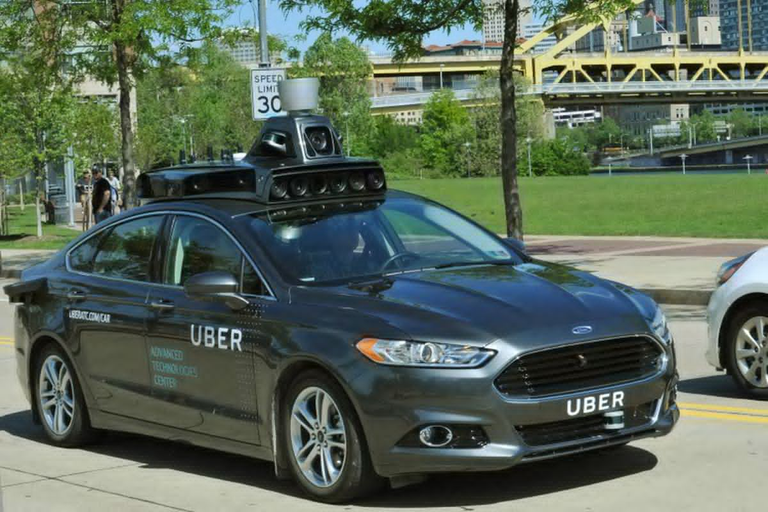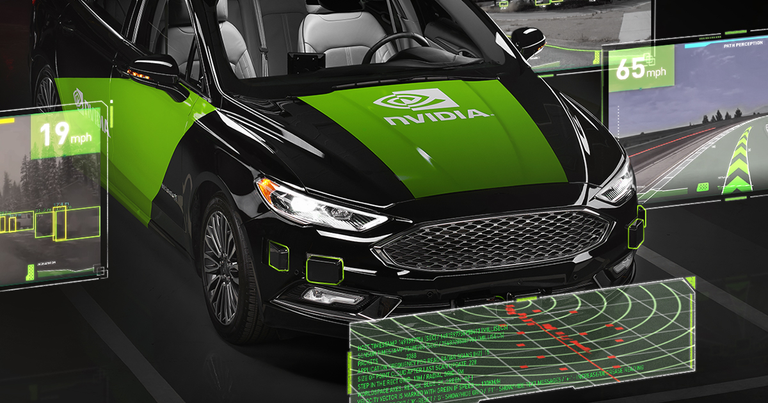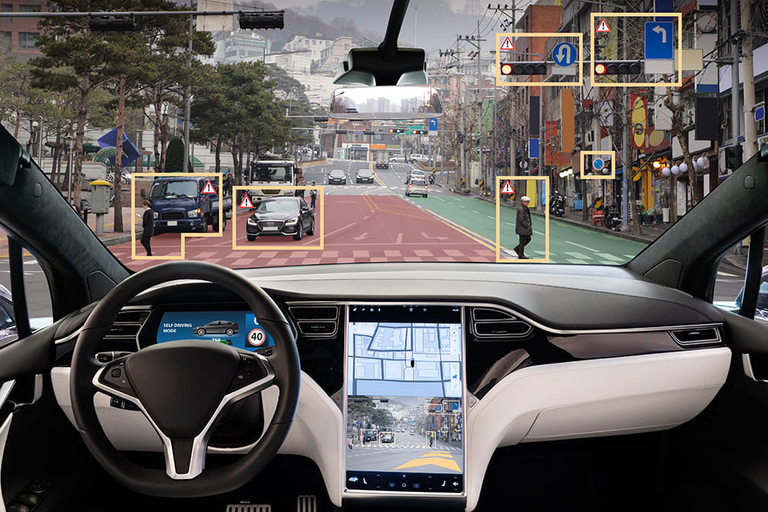
Artificial Intelligence (AI) is transforming many aspects of our daily lives—from how we shop online to how we communicate. One of the most exciting areas where AI is making a huge impact is transportation. Imagine cars that can drive themselves, smart traffic lights that reduce congestion, and apps that suggest the fastest route to your destination. That’s AI on the road!
What is AI in Transportation?
In simple terms, AI in transportation refers to using smart computer systems to improve how we travel. These systems can gather data, learn from it, and make decisions without needing constant human input. Whether it’s helping drivers avoid traffic jams or powering fully autonomous (self-driving) vehicles, AI is making transportation safer, faster, and more efficient.
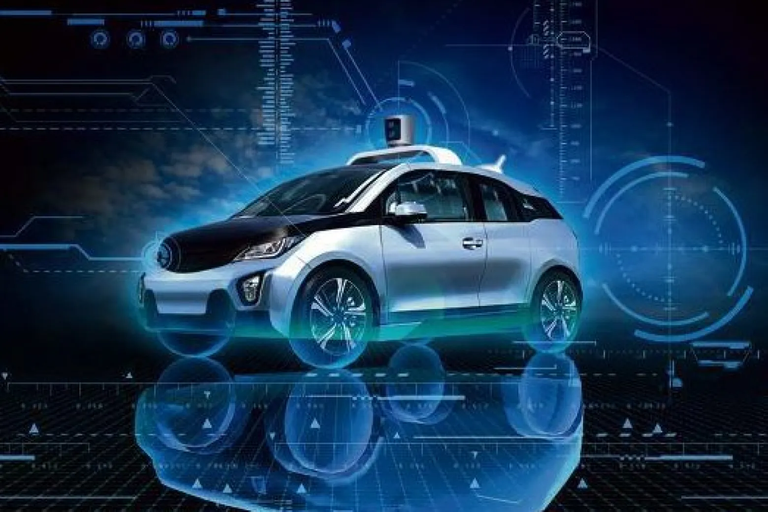
How Does AI Work on the Road?
AI in transportation involves three main technologies:
- Sensors – Devices on cars, traffic signals, and roads collect real-time data like speed, traffic flow, and weather conditions.
- Machine Learning Models – These models analyze the data and learn patterns. For example, they can predict when a traffic jam might happen.
- Decision-Making Systems – Based on the analysis, AI can take actions, such as adjusting traffic signals or helping cars avoid accidents.
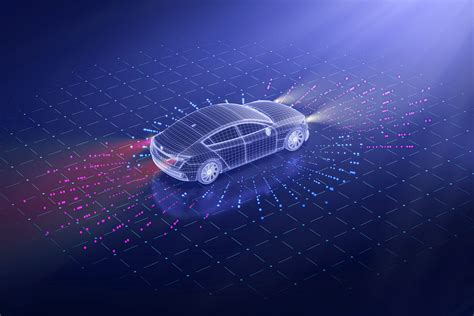
Applications of AI on the Road
1. Self-Driving Cars
Self-driving cars are one of the biggest breakthroughs in transportation. Companies like Tesla, Waymo, and Uber are developing cars that can navigate roads without human drivers. These cars use AI to:
- Detect obstacles (like other vehicles, pedestrians, or road signs).
- Make quick decisions to avoid accidents.
- Choose the best route to the destination.
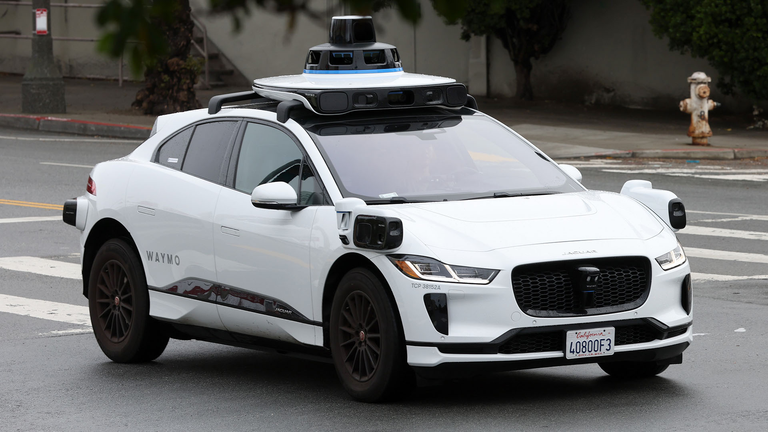
https://builtin.com/articles/self-driving-car-companies?
2. Traffic Management
Have you ever been stuck in a traffic jam and wished the lights would change faster? AI-powered traffic lights can do just that! By analyzing traffic flow, these smart lights can adjust their timings in real time, reducing congestion and travel time.
https://www.barrons.com/articles/tesla-stock-fsd-self-driving-software-review-bf198b0b
3. Ride-Sharing Services
AI is also helping companies like Uber and Lyft improve their services. AI systems match riders with drivers, calculate the fastest routes, and even predict areas with high demand, ensuring fewer delays and shorter wait times.
4. Predictive Maintenance
AI can also be used to monitor vehicles and predict when they might need repairs. This helps prevent accidents caused by mechanical failure and reduces costs for both drivers and fleet operators.
AI’s Role in Reducing Accidents
One of the most important benefits of AI in transportation is improving road safety. Every year, millions of accidents happen due to human error. AI can reduce this by:
- Assisting drivers with advanced driver-assistance systems (ADAS).
- Alerting drivers to potential dangers, such as sudden braking or lane departures.
- Taking over in situations where human reaction time might be too slow.
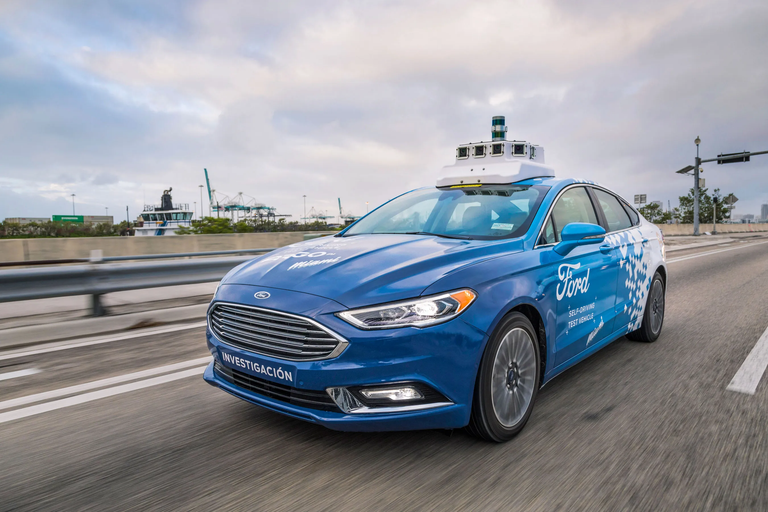
Final Thoughts
AI is truly revolutionizing the way we travel. From self-driving cars to smart traffic systems, AI on the road promises a future with fewer accidents, less congestion, and more efficient journeys. While there’s still a long way to go before we see fully autonomous cities, the journey has already begun—and it’s an exciting one!
This blog post was inspired by last year’s discussion on "The Relationship Between AI and Blockchain", where we explored how AI can work with blockchain technology to enhance trust and transparency. Just as blockchain helps improve AI, AI is helping us build smarter, safer roads.
Happy driving into the future!
